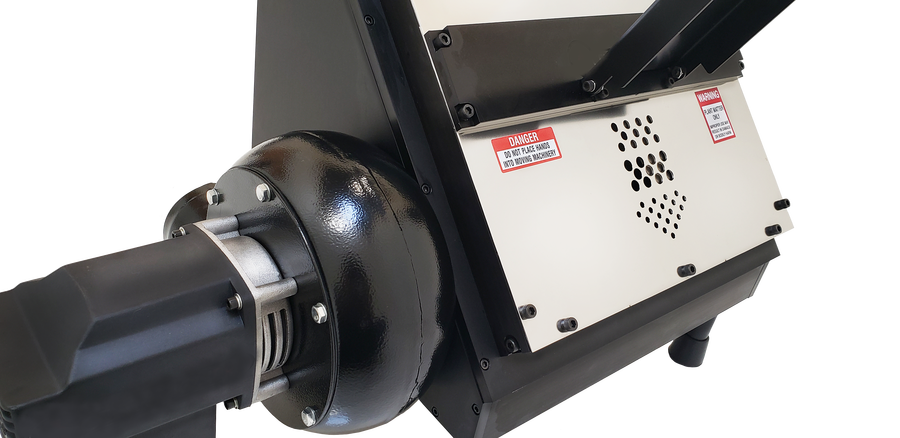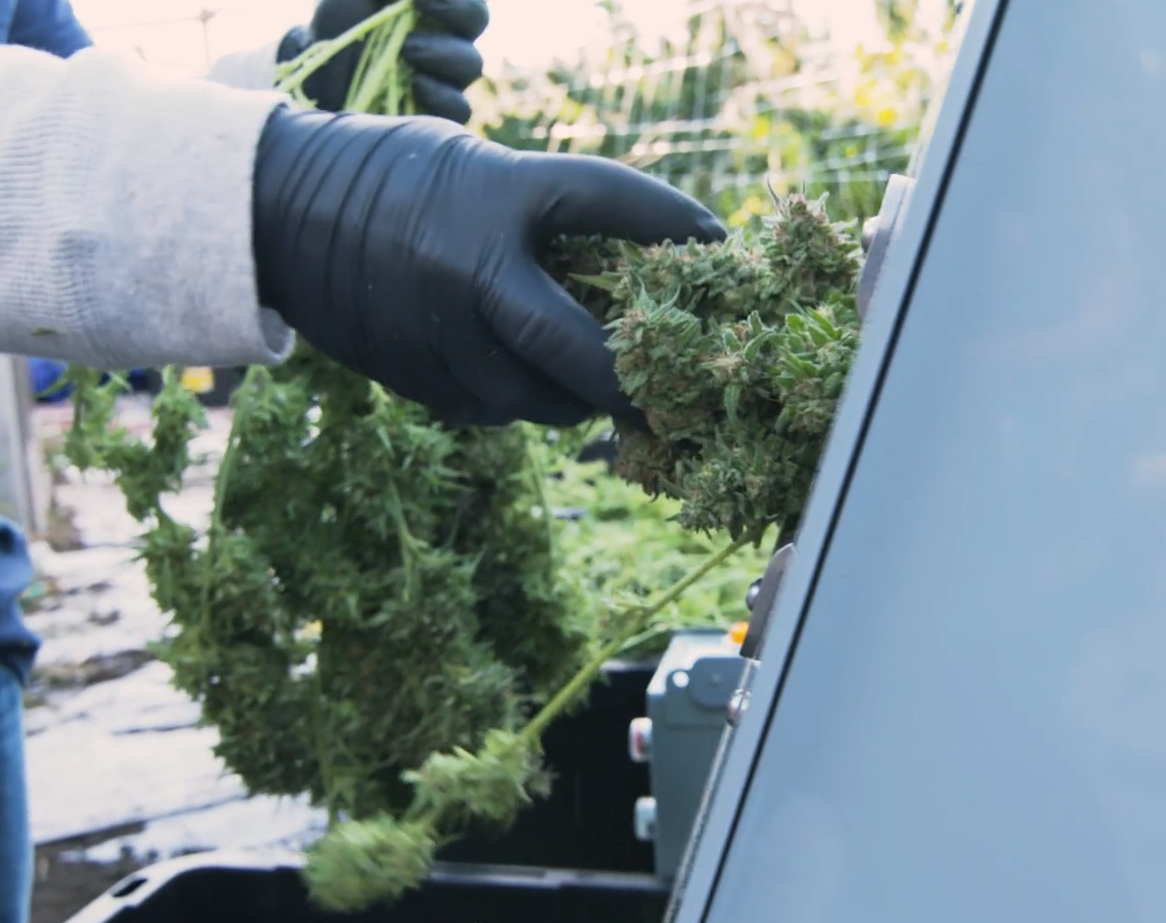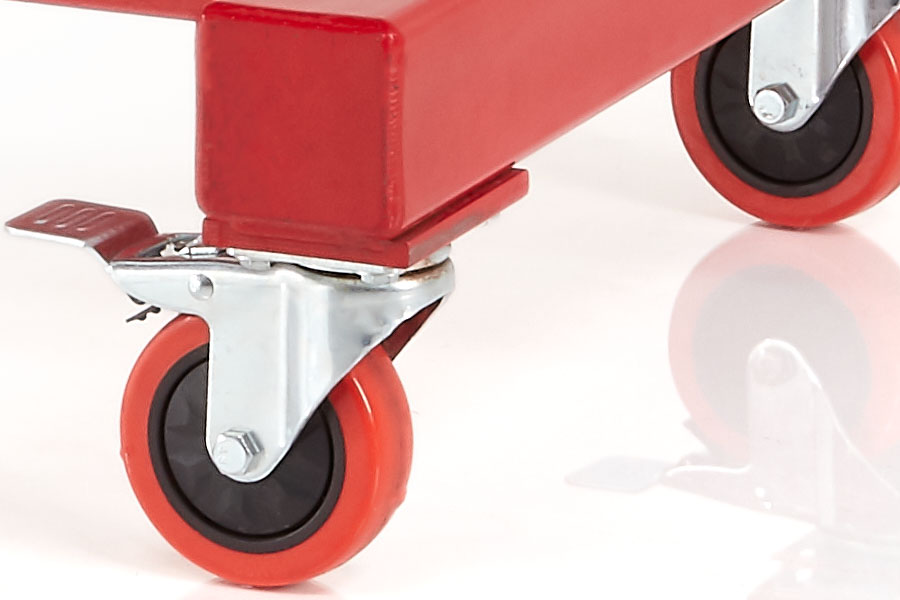Processing Rate

The processing rate is the speed at which the machine can buck the plant, also known as the feed rate. When conducting a feed rate comparison, it is important to take into account workflow, material build-up/jams and operator speed. The bucking and trimming process should also be in sync, with the bucking machine's throughput not exceeding trimming capacity. The best buckers have a variable speed control and reverse functionality, for processing material at different speeds and to easily clear jams.
For large harvests, rather than buying multiple small bucking machines you should consider one big bucker with greater capacity. The CenturionPro HP3 bucker boasts the highest processing rate, in comparison to other top buckers, and is able to keep up with the requirements of large-scale harvests.
Waste Management
The bucking process can become messy, especially if stems collect in the machine and aren't cleared out at regularly. As stems accumulate it can be difficult to keep even the best bud bucker running at full capacity. Therefore, it may be useful to invest in a bucker with an integrated stem chipper, such as the CenturionPro GC, or regularly clean out buckers as a best practice.

Health and Safety Compliance

When running bud buckers, trimmers or any type of heavy harvesting machinery, it is essential to safeguard the employees operating them. When comparing top bucking machines ensure they comply with local health and safety regulations. You'll find most top buckers keep infeed sizes under ¾ inch, to protect the fingers from entering the device.
Face Plates
Face plates act as the shield between the rollers and the operator, as well as the wall that pops flowers from stems in high performance bucking machines. Usually these face plates have various infeed hole sizes, resulting in cleaner stems and less machinery jams. To reduce deformation and jams use the smaller holes for dry flower and smaller stems, saving the larger holes for wet material and larger stems. Top bucking machines like the CenturionPro HP3 bucker have three face plates, so more operators can work on the bucking process simultaneously. They also use 304 stainless steel plates, for food and medical grade compliance and easier cleaning. As bucking machines regularly require cleaning and de-clogging, any innovations that can make this easier should be embraced.

Workflow

Conveyor belts allow for a better and more consistent bucking workflow, especially when combined with a trimming machine. They also reduce the mess associated with the bucking process and prevent the destemmed flower from deformation, which preserves appearance. When using a conveyor belt, you should also use a front panel funnel, to prevent flower accidently falling off the belt or the machine.
Machine Portability
Your primary bucking location will often determine the level of portability your bucking machine requires. If you intend to buck outdoors, make sure the bucker has sturdy wheels capable of handling uneven terrain. The best option would be to get a bucking machine with changeable wheels, that can be easily switched to suit their surroundings. Some of the best bud buckers come with industrial casters as standard, while CenturionPro's machines can be upgraded with an Off-Road Wheel Assembly Kit.

Cleaning Efficiency

Wet material can cause clogging and material build up on the face plate and rollers. This makes it important to clean the bucking machine at regular intervals. If your bucker is GMP compliant it should be easy to set up and clean. As buckers with stainless steel or anodized aluminum components are the easiest to clean, it is wise to invest in a machine made from these materials.